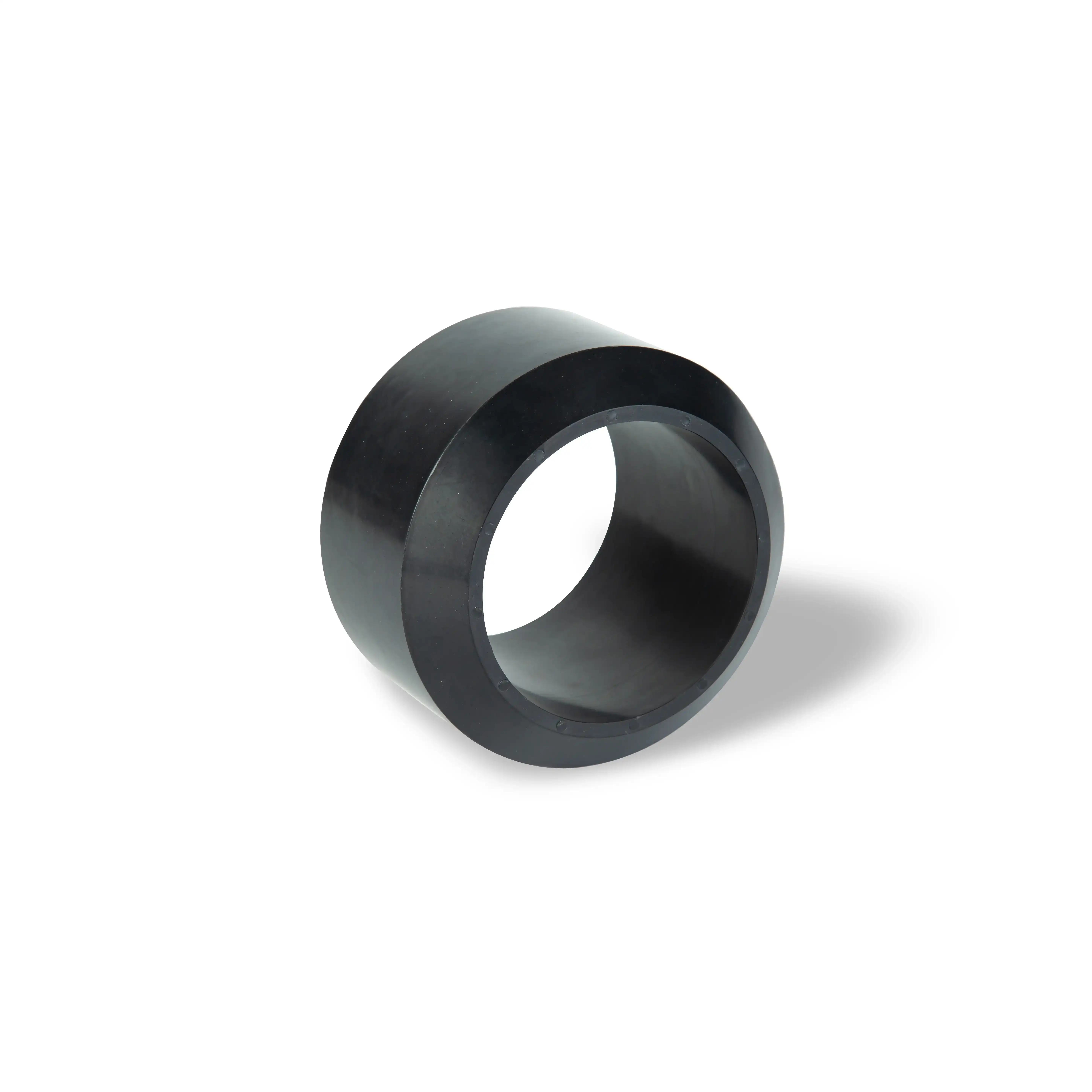When it comes to electronics assembly and repair, the choice of solder is critical. The right solder not only ensures reliable connections but also affects the overall performance and longevity of electronic devices. In this article, we will delve into the various types of solder available, their compositions, and the specific applications for which they are best suited. By understanding these factors, you can make informed decisions that enhance your electronic projects.
Understanding Solder Types
Solder is a fusible metal alloy used to join together metal workpieces. It is typically composed of tin and lead, although lead-free alternatives have gained popularity due to health and environmental concerns. The two primary categories of solder are lead-based and lead-free solder.
- Lead-Based Solder
Traditionally, lead-based solder has been the go-to choice for electronics due to its excellent wetting properties and lower melting point. The most common formulation is 60/40 solder, which consists of 60% tin and 40% lead. This combination provides a melting point of around 183°C (361°F), making it easy to work with.
Advantages:
- Superior flow characteristics, allowing for smooth solder joints.
- Lower melting point reduces the risk of damaging sensitive components.
- Excellent electrical conductivity.
Disadvantages:
- Toxicity concerns associated with lead exposure.
- Regulatory restrictions in many regions due to environmental regulations.
- Lead-Free Solder
In response to health and environmental issues, lead-free solder has become increasingly popular. Common formulations include SAC (Tin-Silver-Copper) solders, such as SAC305, which consists of 96.5% tin, 3% silver, and 0.5% copper. Lead-free solders typically have higher melting points, around 217-220°C (423-428°F).
Advantages:
- Complies with RoHS (Restriction of Hazardous Substances) regulations.
- Reduced health risks associated with lead exposure.
- Improved thermal and mechanical properties in some formulations.
Disadvantages:
- Higher melting points can pose risks to sensitive components.
- Requires more precise soldering techniques to achieve reliable joints.
Choosing the Right Solder for Your Application
The choice of solder depends on several factors, including the type of components being used, the soldering method, and the specific requirements of the project. Here are some considerations to guide your decision:
- Component Sensitivity
For sensitive components, such as integrated circuits (ICs) and surface-mounted devices (SMDs), a solder with a lower melting point is preferable to minimize thermal stress. In such cases, lead-based solder may be advantageous, although lead-free options with lower melting points, like BiSn (Bismuth-Tin) solder, are also available.
- Soldering Method
Different soldering methods may require different types of solder. For instance, wave soldering and reflow soldering processes often utilize lead-free solders due to their compatibility with automated systems. In contrast, hand soldering may benefit from the ease of use associated with lead-based solder.
- Regulatory Compliance
If your project is intended for markets with strict regulations, such as the European Union, lead-free solder is essential to comply with RoHS directives. Understanding the regulatory landscape is crucial for ensuring that your products meet necessary standards.
Conclusion
Selecting the appropriate solder for electronics is a nuanced decision that can significantly impact the performance and reliability of your projects. By considering factors such as component sensitivity, soldering methods, and regulatory compliance, you can make informed choices that lead to successful outcomes. Whether you opt for traditional lead-based solder or modern lead-free alternatives, understanding the properties and applications of each type will empower you to achieve optimal results in your electronic endeavors.

